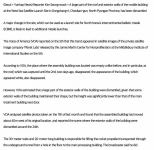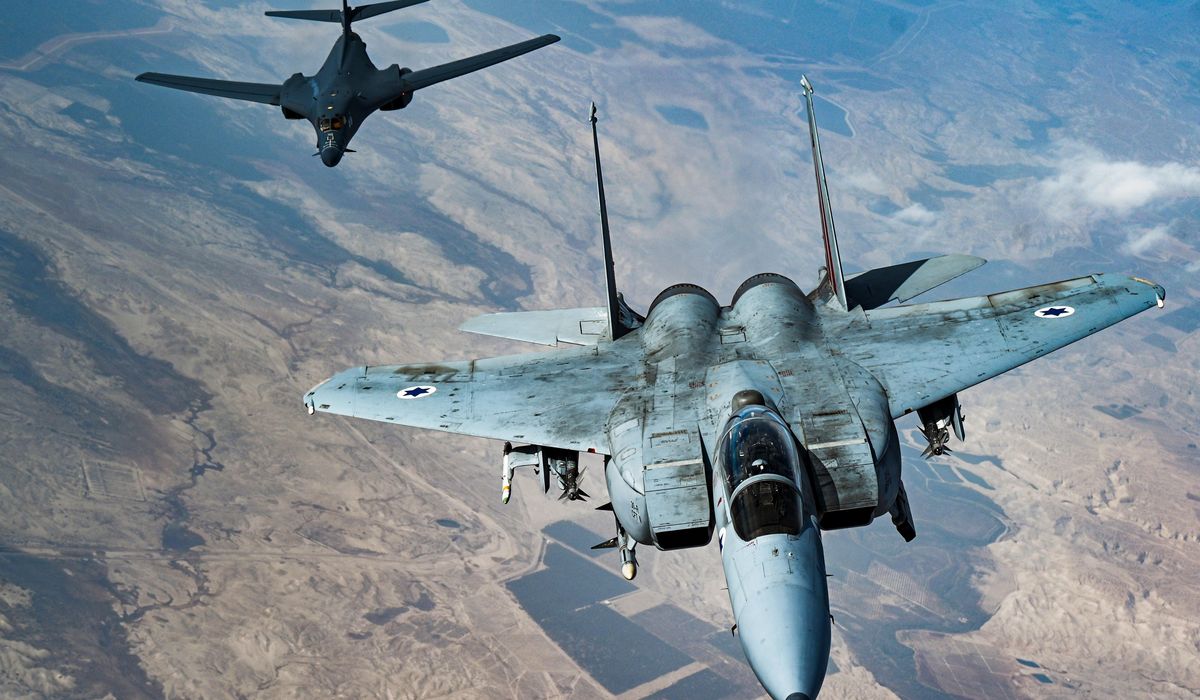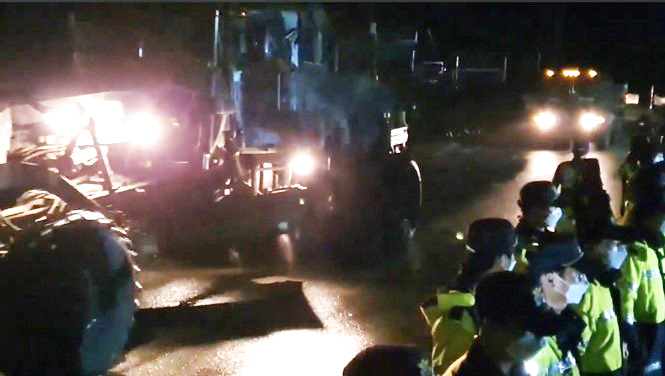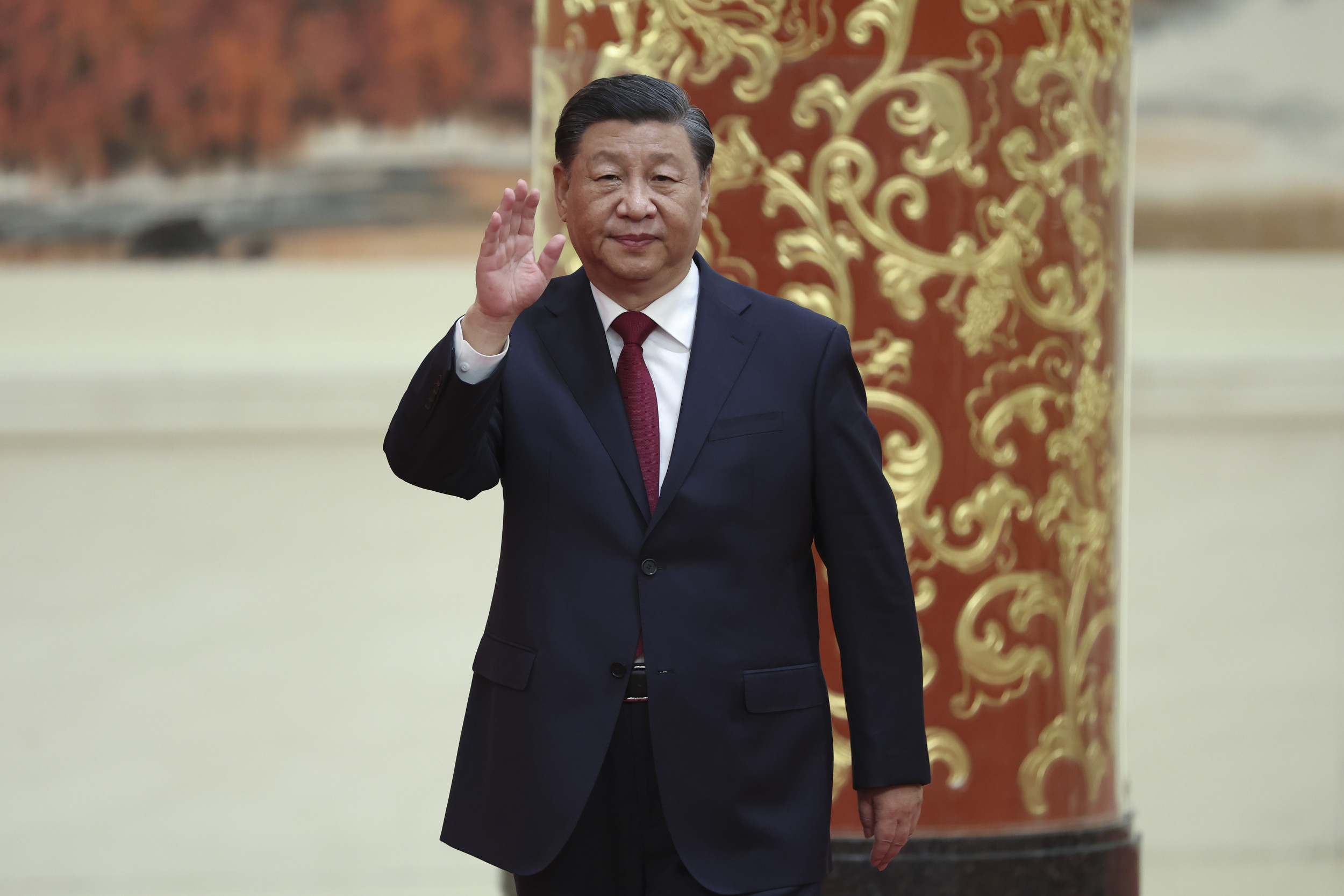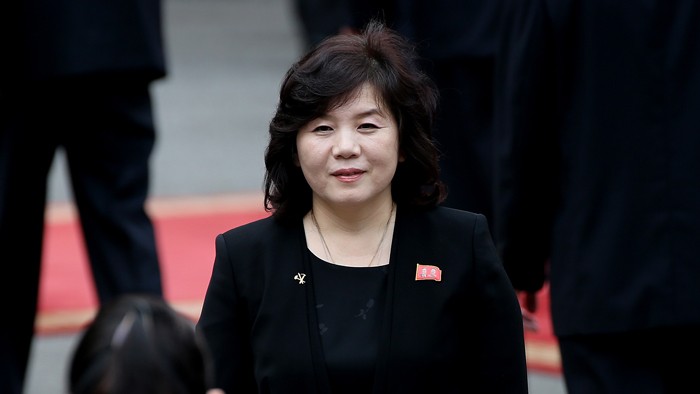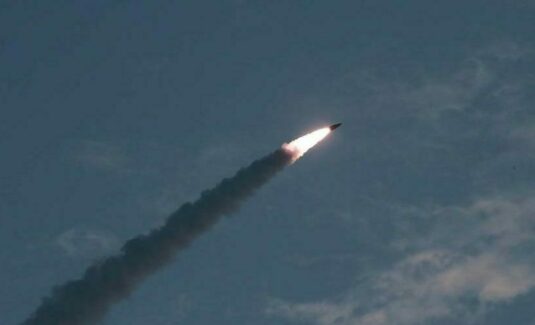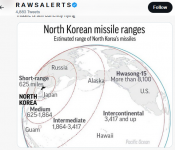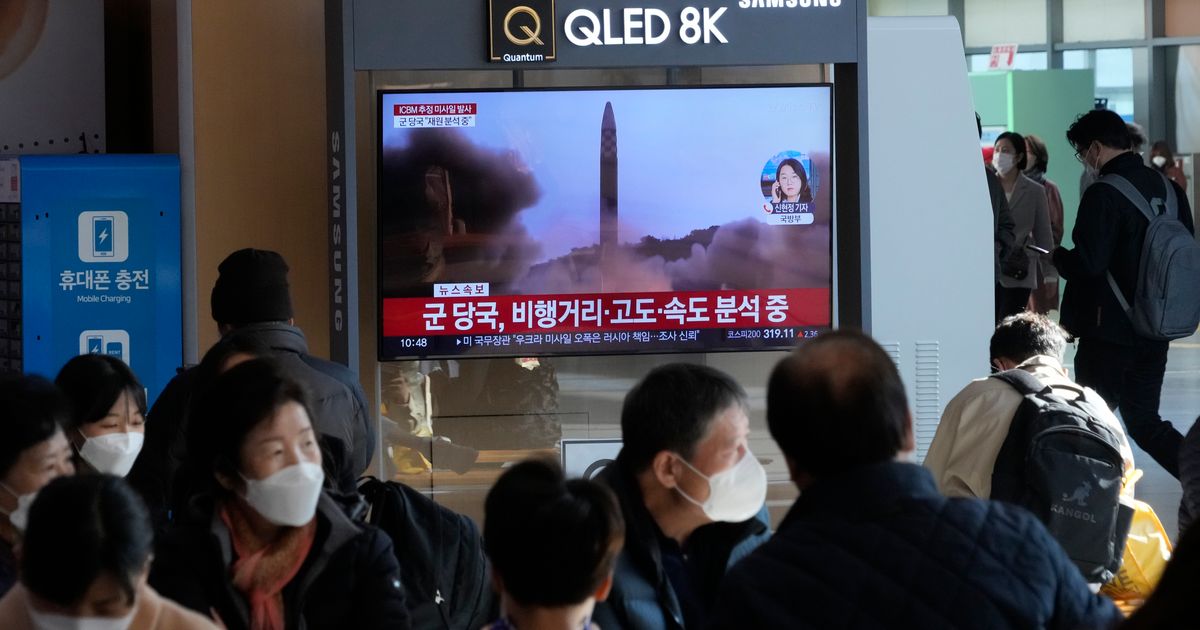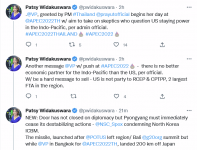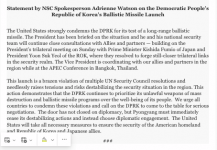washingtontimes.com
Biden's DoD pulls F-15 Eagles from Japan amid rising China threat: 'Sends the wrong signal'
Mike Glenn
Republican lawmakers are sounding the alarm over the
Pentagon’s plan to pull dozens of U.S. F-15 Eagle jet fighters out of Japan while Tokyo looks to beef up its defense forces and expand coordination with the U.S. in the face of rising North Korean provocations and
China’s growing assertiveness in the region.
Pentagon officials say the U.S. will maintain a “steady presence” of fighter jets at
Kadena Air Base in Okinawa through rotational deployments of other aircraft, including F-22s currently positioned in Europe, but the plan has drawn increasing scrutiny on Capitol Hill.
Sen. Marco Rubio of Florida and several other Republican lawmakers have questioned the
Pentagon’s decision to retire its entire F-15 fleet at
Kadena without finding a permanent replacement for the jets. The decision would involve half of the roughly 100
Air Force fighters in Japan.
“While we agree with the need to modernize the
Air Force’s fleet in order to counter the rising threat of [
China’s] People’s Liberation Army, we are concerned with reporting that indicates there will be no permanent presence to replace the Okinawa F-15s,” the Republicans wrote in a Nov. 1 letter to Defense Secretary
Lloyd Austin.
The letter, signed by Mr. Rubio, Sen. Bill Hagerty of Tennessee, Rep. Michael T. McCaul of Texas and Rep. Mike Gallagher of Wisconsin, homed in on bellicose statements from Chinese President Xi Jinping.
The Republicans said Mr. Xi has made it “abundantly clear” that Beijing intends to take over Taiwan and establish itself as the primary power in the Indo-Pacific.
SEE ALSO: Biden woos Southeast Asia nations at summit as China bids for greater influence
Mr. McCaul and Mr. Gallgaher are in line for chairmanships of the Foreign Affairs Committee and Armed Services subcommittee on military personnel if Republicans remain on track to control the House in the next Congress.
Reducing the U.S. fighter jet presence would have “catastrophic strategic, geopolitical, military and economic consequences for U.S. interests,” the lawmakers wrote. “We believe that [the Defense Department’s] plans to replace permanently-based fighters with rotational forces will lead to a tangible reduction in American forward combat power in the Indo-Pacific.”
The Pentagon appears to be moving ahead despite the concerns. F-22A Raptors that had been based in Alaska arrived at the Okinawa base last week for a temporary rotation, Pacific Air Forces officials confirmed. Two squadrons of the aging F-15s are being prepared to return to the United States, and a final decision on permanent basing remains under study.
Meanwhile, Japan is scrambling to beef up its military capabilities, accelerating an evolution of its security profile away from the strict pacifist constitution adopted after World War II.
In a major defense initiative announced Sunday, Japanese Prime Minister Fumio Kishida pledged to strengthen his country’s military in light of North Korea’s nuclear brinkmanship and missile launches and China’s increasingly aggressive moves to assert its influence in the region and exacerbate territorial disputes with Tokyo.
Mr. Kishida’s ruling Liberal Democratic Party is proposing to double Japan’s defense budget by increasing military spending to 2% of gross domestic product, the benchmark for NATO member states.
SEE ALSO: DNI: China expands use of cyber repression to control population
Critics warn that the military moves could violate Japan’s constitution and draw Tokyo into the increasingly hostile rivalry between Washington and Beijing. China has emerged as Japan’s single largest trading partner.
Mr. Kishida insisted that Japan would stick to its post-World War II pledge as a “pacifist nation” and be transparent about its security policy.
While hosting the Western Pacific Naval Symposium last weekend, the prime minister said Japan will formulate a new national security strategy by the end of the year. The move will “fundamentally reinforce” Japan’s military posture within the next five years, he said.
“No time can be lost for the enhancement of our defense capabilities, including the buildup of vessels [and] reinforcement of capabilities to respond to missile attacks,” Mr. Kishida said.
“This year, North Korea has launched ballistic missiles with unprecedented frequency, including that of a new type of [intercontinental ballistic missile],” he said. “They even launched a missile that flew over Japan. We absolutely cannot allow nuclear and missile development by North Korea.”
Mr. Kishida said Russia’s war against Ukraine could undermine the foundations of the international order. “Russia’s aggression has continued for more than half a year,” he said. “This is a serious situation not only for Europe but also for the entire international community, including Asia.”
Leaving after 30 years
The Pentagon has sought to downplay its redeployment plans, which center around the withdrawal of F-15 fighters from Kadena Air Base after more than 30 years on duty in Okinawa.
Officials say the Air Force is retiring its F-15 Eagle fleet as part of its modernization plan. The Defense Department has begun a “phased withdrawal” over the next two years of the F-15s deployed to Kadena.
“We’ll continue to maintain a steady state presence at Kadena Air Base by rotational deployments,” Air Force Brig. Gen. Patrick Ryder told reporters at the Pentagon on Nov. 1, the same day Republican lawmakers raised concerns to Mr. Austin.
Gen. Ryder said the steady presence “will include advanced fourth-generation and fifth-generation aircraft to backfill the F-15s as they depart.”
Some former military officials are skeptical.
Retired Air Force Lt. Gen. David Deptula, a former F-15 pilot who now serves as dean of the Mitchell Institute for Aerospace Power Studies, sees problems with the Pentagon’s stopgap plan to rotate aircraft through Kadena. He noted that the F-22s that are expected to rotate to Kadena are now deployed in Europe to deter Russian aggression.
“It will stress those aircraft, their pilots, and their maintenance personnel at a time when pilot retention is a serious problem,” Mr. Deptula wrote recently in Forbes. “It also deprives other regional combatant commands of advanced fighter aircraft at a time when demand for them is very high.”
Mr. Deptula said Republican and Democratic administrations have consistently underfunded the Air Force and have cut its fighter force structure over the past three decades.
Withdrawing the permanent presence of two F-15 squadrons from the Pacific is the inevitable result of decisions that inadequately invest in replacement aircraft, he wrote. “As a consequence, the Air Force is now the oldest, smallest, and least ready it has ever been in its 75-year history.”
Critics say the F-15 withdrawal plan illustrates a mismatch between the Biden administration’s talking points on the Indo-Pacific and actual U.S. commitments in the region. The Pentagon’s 2022 National Defense Strategy released last month explicitly puts a priority on deterring aggressors.
“We are concerned that [the Defense Department’s] decision sends the wrong signal, not only to the [ruling Chinese Communist Party] but also to our allies and partners in the Indo-Pacific,” the Republican lawmakers said in their letter to Mr. Austin.
Some defense analysts said culling the F-15s from Kadena is the right move.
“Removing the F-15s does not significantly reduce American combat power in the Indo-Pacific,” Stacie Pettyjohn, a senior fellow at the Center for a New American Security, said in a Twitter post late last month. “These are old 4th-generation aircraft that would not contribute much in a war against China given the PLA’s sophisticated and layered air defenses.”
“Presence,” she said, “does not equal combat credible posture.”
The Pentagon has not made a decision on long-term force levels at the Kadena Air Base, but officials have said all proposals are under consideration.
Pentagon officials say the U.S. will maintain a “steady presence” of fighter jets at Kadena Air Base in Okinawa through rotational deployments of other aircraft, including F-22s currently positioned in Europe, but the plan has drawn increasing scrutiny on Capitol Hill.

www.washingtontimes.com


